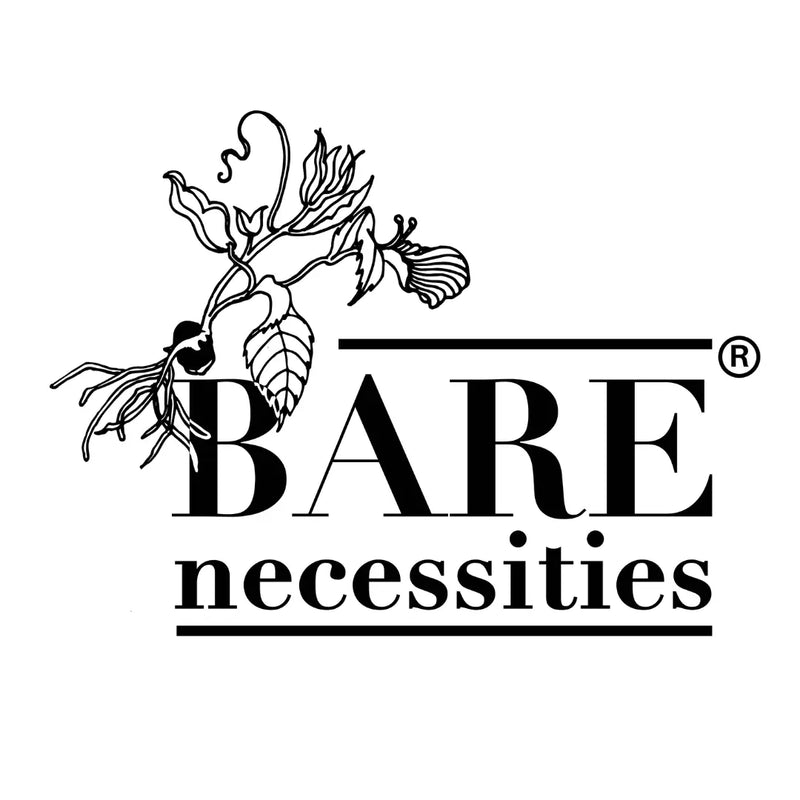What Would Refill Economy Look For Gen Z?

In India, refilling isn’t new. Long before plastic bottles and single-use sachets flooded our lives, our grandparents practiced a refill culture naturally. Grains, lentils, and rice were purchased loose at the local kirana store and carried home in cloth bags or jute sacks. Steel tins, glass jars, and clay pots stored everything. Waste was minimal, packaging was functional, and reuse was instinctive.
However, somewhere along the way, the allure of single-use plastics, sachets, and “use-and-throw” convenience took over. With rising awareness of plastic pollution and climate change, it’s clear: refill culture is not just nostalgia, it’s the sustainable practice of the future.
90s Kids and the Art of Refilling
If you were a '90s kid in India, you’ll remember the iconic Pepsi bottles. We didn’t think of them as sustainable back then, but we were part of a refill system. You’d buy a bottle, and the same bottle would circulate countless times. Those bottles will find new lives, as water bottles in the fridge, money plant holders, or makeshift barni for pickles. Refilling wasn’t just a habit; it was second nature.
Gen Z: Refill Made Cool & Smart!
Bringing science into sustainability! With powder-to-liquid formats, a single dispenser bottle can last forever. Instead of buying a new plastic bottle of hand wash or dishwashing liquid each time, you just buy the refill powder, mix it with water at home, and reuse your dispenser.
Gen Alpha: What Will Refilling Look Like?
If the 90s were about reusing bottles, and Gen Z about refill innovations, what could Gen Alpha’s refill future be? Perhaps digital refills, tech-enabled dispensers at every supermarket where you scan, refill, and pay. Maybe refill hubs at weddings and public events, replacing thousands of plastic water bottles with sleek refill stations. For them, refill culture might not just be about packaging but also about rethinking systems, making community-based refilling the norm, not the exception.
Why Refills Are the Future
It challenges our throwaway culture and brings back a sense of responsibility and circularity. In India, we already have a cultural memory of living refill-first. Our challenge now is to adapt it for a modern world. With brands designing refill-friendly packaging, communities encouraging refills at events, and individuals making refills a daily choice, we can move towards a zero-waste future.
So next time you pick up a product, ask yourself: Can this be refilled? Chances are, your grandparents already knew the answer.
